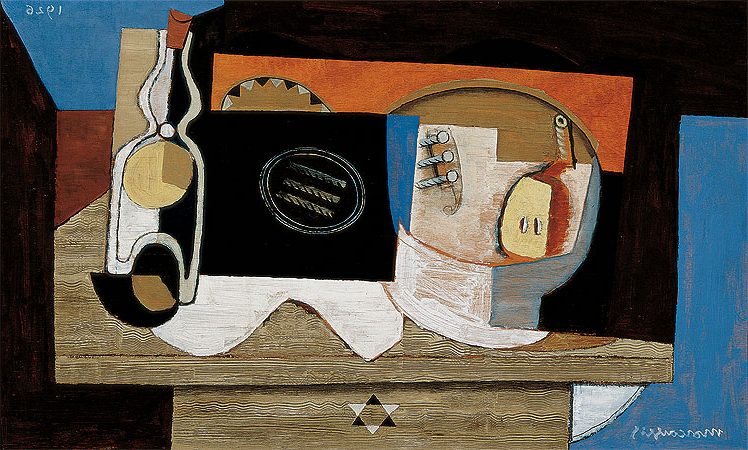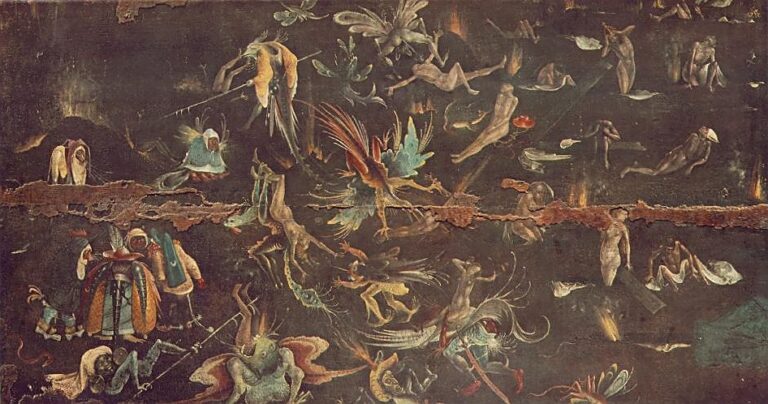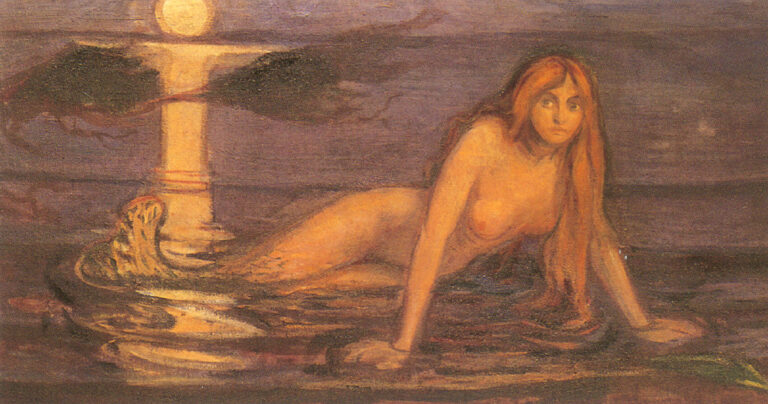Arturo Rivera Painter: Mexican Surrealist’s Legacy in Contemporary Art
Born: 15 April 1945, MéxicoCity, México
Death: 29 October 2020, México City, México
Art Movement: Realism
Nationality: Mexican
Influenced by: Diego Rivera & José Clemente Orozco
Institution: Academia de San Carlos, Mexico City & The City Lit Art School
Arturo Rivera Painter: Mexican Surrealist’s Legacy in Contemporary Art
Early Life and Education
Arturo Rivera’s formative years in Mexico City laid the foundation for his artistic journey. His formal education and international studies shaped his unique artistic vision and technical skills.
Artistic Beginnings in Mexico City
Arturo Rivera was born on April 15, 1945 in Mexico City. He grew up in a vibrant cultural environment that sparked his interest in art from a young age. Rivera showed early talent for drawing and painting.
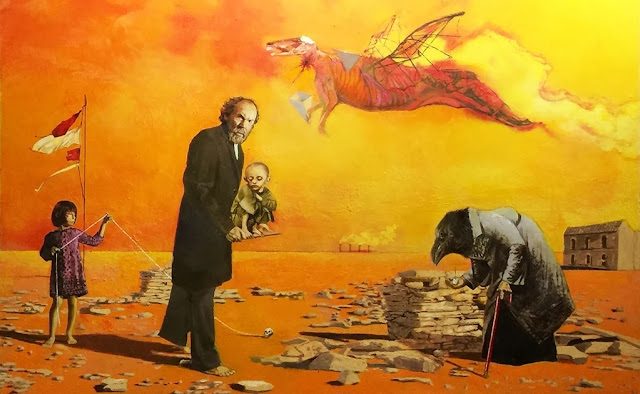
Encuentro by Arturo Rivera
As a child, he spent hours sketching scenes from daily life in the bustling capital city.
His parents encouraged his artistic pursuits. They enrolled him in youth art classes where he learned basic techniques. These early experiences fueled Rivera’s passion for visual expression.
Formal Education and Influences
In 1963, Rivera began his formal art education at the prestigious Academia de San Carlos in Mexico City. This renowned institution exposed him to classical and modern art techniques. He studied there for five years, until 1968.
At the academy, Rivera honed his skills in oil painting, figure drawing, art history, and color theory.
His teachers recognized his talent and pushed him to develop his unique style. Rivera was influenced by Mexican muralists like Diego Rivera and José Clemente Orozco. Their bold social commentary inspired his later work.
International Studies and Expositions
Rivera’s artistic horizons expanded through international study. In 1973, he traveled to London. There he attended The City Lit Art School for a year. He learned silk-screen and photo-silk-screen processes.

Soy Totalmente Batracio, 2001 by Arturo Rivera
This new medium allowed Rivera to experiment with printmaking techniques. He incorporated these skills into his evolving artistic practice. The exposure to London’s art scene broadened his perspective.
Rivera also spent time studying in Paris and Munich. These experiences introduced him to European art movements. He absorbed influences from surrealism and hyperrealism during his travels.
Artistic Career and Recognition
Arturo Rivera’s artistic journey spans decades, marked by a distinctive style and international acclaim. His work has been featured in prestigious museums and exhibitions worldwide.
Development of Signature Style
Rivera’s art is known for its dark, surrealist themes. He blends realism with fantastical elements, often depicting human figures in unsettling situations. His paintings frequently explore themes of death, pain, and the human condition.
Rivera’s time in New York from 1974 to 1978 greatly influenced his work. During this period, he supported himself with various jobs while developing his unique artistic voice.
His style matured in the 1980s and 1990s. Rivera’s paintings became more intricate, featuring complex compositions and rich symbolism.
Major Exhibitions and Collections
Rivera’s work has been showcased in numerous solo and group exhibitions. Some notable venues include:
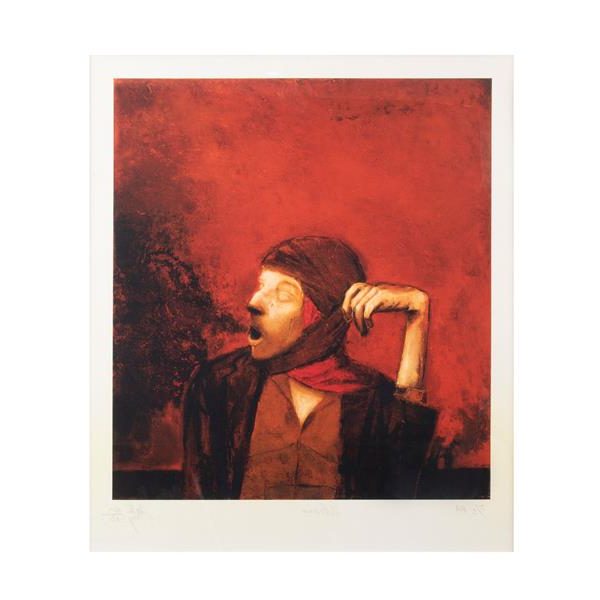
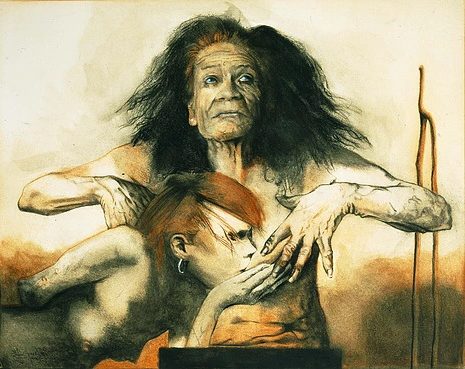
- Museo de Arte Moderno, Mexico City
- Museo del Palacio de Bellas Artes, Mexico City
- Die Haus der Kunst, Munich
His paintings are part of important collections:
- Museum of Fine Arts, Mexico City
- Museo de Arte Contemporáneo de Monterrey
Rivera has also participated in international events like the Beijing International Art Biennale, bringing his art to a global audience.
Awards and Accolades
Rivera’s talent has earned him many honors. In 2003, the Museo de Arte Contemporáneo de Monterrey named him one of the Grand Masters of Mexican Art of the 20th century.
He has received grants from prestigious institutions:
- Casa de las Américas, Cuba
- Instituto de la Cultura Puertorriqueña, Puerto Rico
These awards have cemented Rivera’s status as a leading figure in contemporary Mexican art. His work continues to be celebrated for its technical skill and emotional depth.
Artistic Themes and Techniques
Arturo Rivera’s art blends hyperrealism, Mexican culture, and macabre themes. His work draws on various techniques and influences to create striking, often unsettling images.
Hyperrealism and Mexican Influence
Rivera’s paintings showcase incredible detail and precision. He uses hyperrealism to create lifelike images that seem almost photographic. This style lets him explore dark, surreal themes with startling clarity.
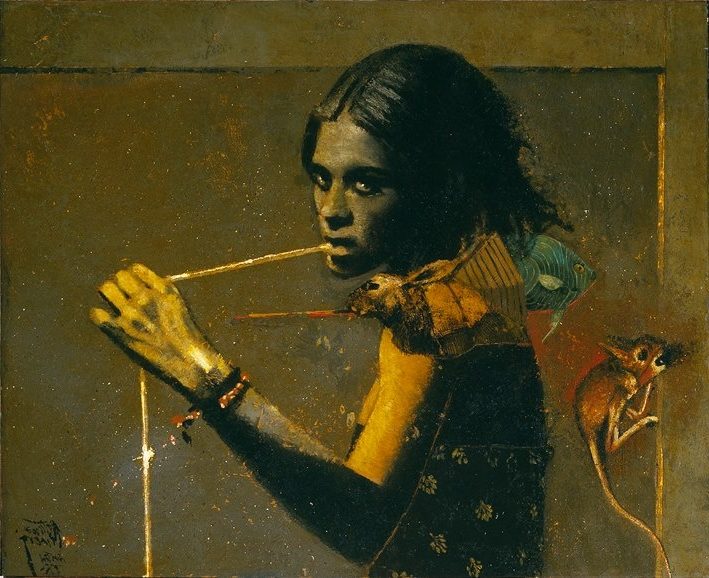
El Hilo de Ariadna (Ariadne’s Thread), 1987 by Arturo Rivera
Mexican culture shapes Rivera’s art deeply. Like Diego Rivera and Frida Kahlo before him, he draws on Mexico’s rich artistic heritage. But Arturo Rivera takes a more contemporary approach. He mixes traditional Mexican motifs with modern themes and techniques.
His work often touches on death, pain, and the human body. These macabre elements reflect both personal struggles and broader social issues in Mexico.
Innovations in Serigraphy
Rivera mastered silk-screen and photo-silk screen processes in London. He uses these skills to create unique prints and mixed-media works.
His serigraphy techniques allow him to blend photographic elements with painted ones. This creates a striking mix of realism and artistic interpretation.
Rivera pushes the boundaries of printmaking. He experiments with layering, textures, and colors in his serigraphs. This innovative approach sets his work apart in contemporary Mexican art.
Portraiture and Representation
Self-portraits play a big role in Rivera’s art. He uses his own image to explore identity, emotion, and the human condition.

Autorretrato Kena, 2011 self-portrait
His portraits, both of himself and others, often feature distorted or fragmented figures. This style reflects inner turmoil and complex psychological states.
Rivera’s representation of people goes beyond physical likeness. He aims to capture the essence of his subjects, often in unsettling or provocative ways. This approach has made him a key figure in 20th and 21st century Mexican art.
Frequently Asked Questions
Arturo Rivera’s art explores deep themes and has made important contributions to contemporary Mexican painting. His work has been shown in major exhibitions and museums around the world.
What are some of the significant themes explored in Arturo Rivera’s artworks?
Rivera’s paintings often deal with themes of death, religion, and the human body. He uses surreal and disturbing imagery to explore the darker side of human nature. Many of his works feature distorted figures and religious symbols.
How has Arturo Rivera contributed to contemporary art?
Rivera helped develop a unique style of Mexican surrealism. His technical skill and imaginative compositions influenced many younger artists. He pushed boundaries with his provocative subject matter and dream-like imagery.
What are the notable exhibitions or museums that have featured Arturo Rivera’s paintings?
The Museo de Arte Moderno in Mexico City has displayed Rivera’s work. His paintings have also been shown at the Metropolitan Museum of Art in New York. Several galleries in Mexico and the U.S. have held solo exhibitions of his art.
How do Arturo Rivera’s techniques differ from those of other renowned muralists?
Unlike muralists who painted large public works, Rivera focused on smaller, more intimate oil paintings. He used fine brushwork and layered glazes to create depth. His style blends realism with fantastical elements rather than focusing on social themes.
Which awards or recognitions has Arturo Rivera received for his artistic work?
Rivera won Mexico’s National Prize for Arts and Sciences in 2007. This award recognized his lifetime of artistic achievement. He also received grants from the Guggenheim Foundation and the Rockefeller Foundation earlier in his career.
Can you describe the influence of Mexican culture on Arturo Rivera’s art?
Mexican folk art and religious imagery appear in Rivera’s paintings. He often incorporates Day of the Dead symbols and Catholic iconography. His surreal style draws on Mexico’s rich tradition of magical realism.



